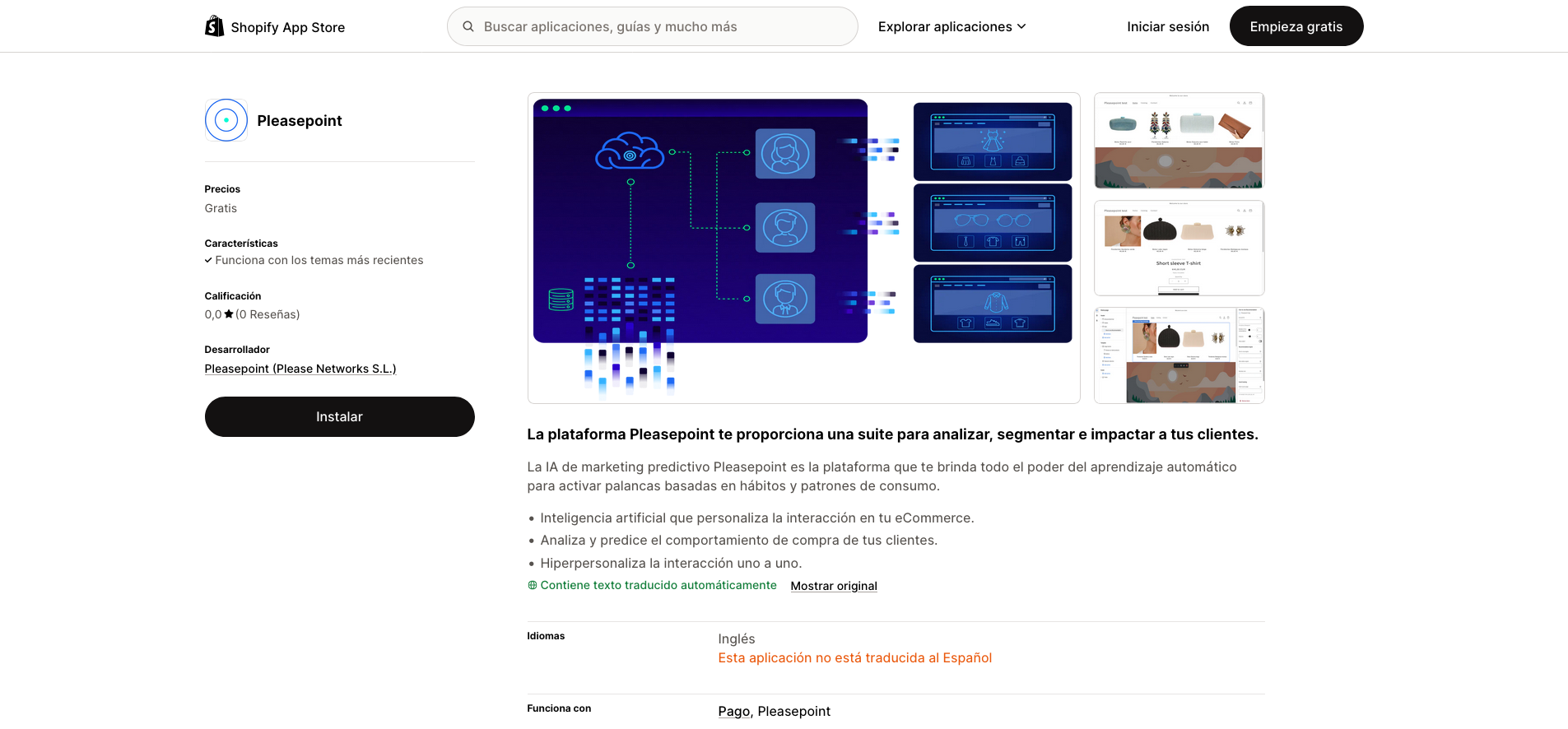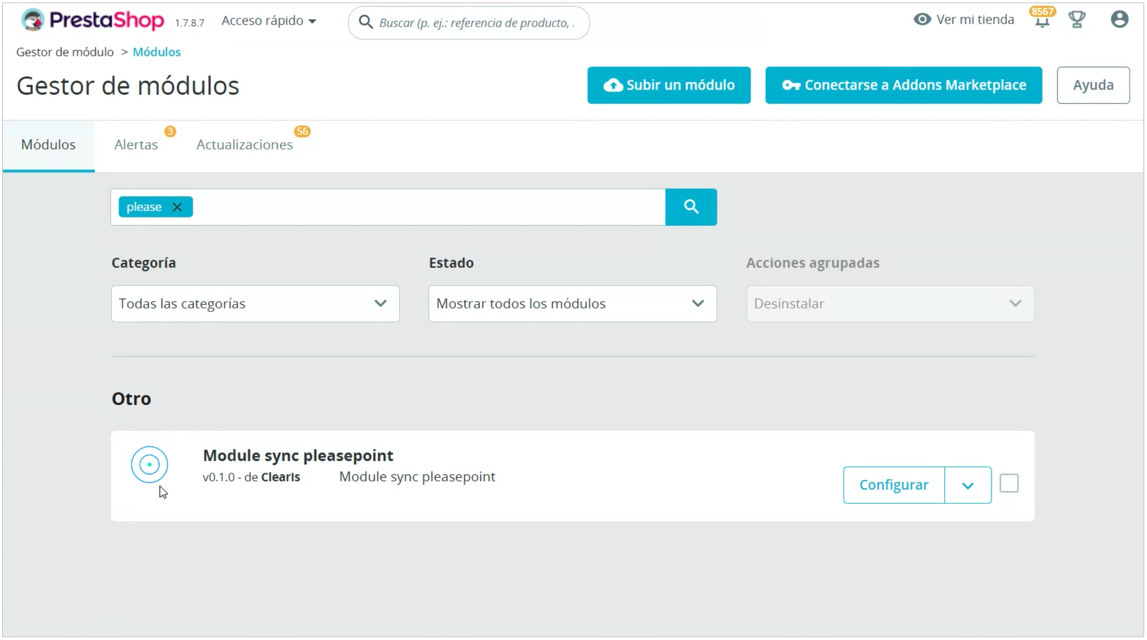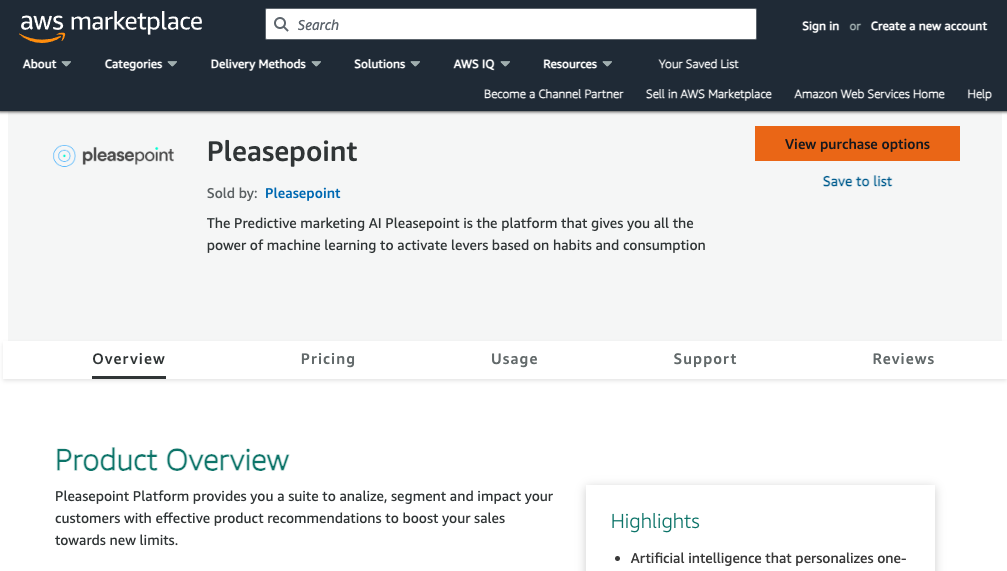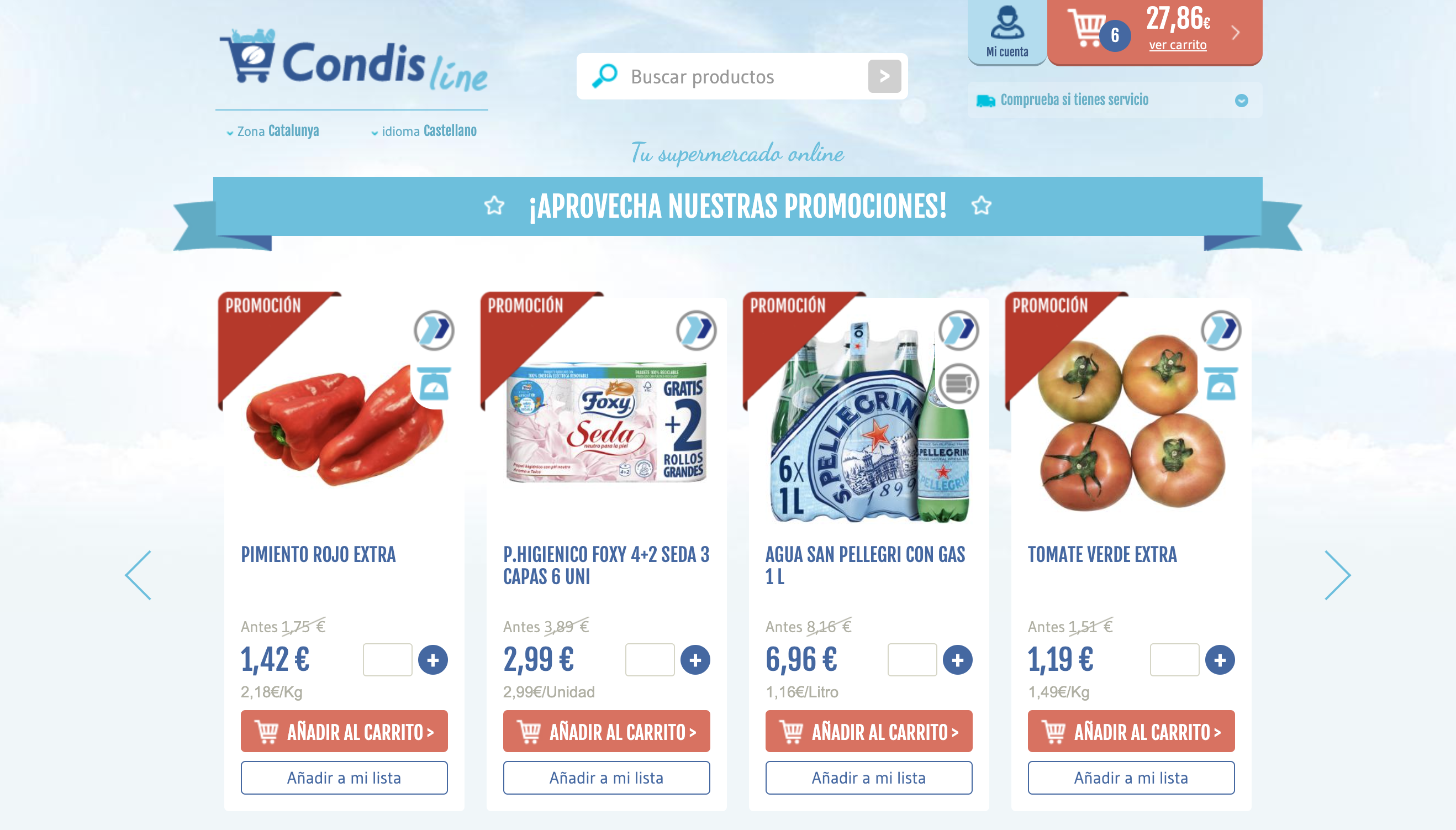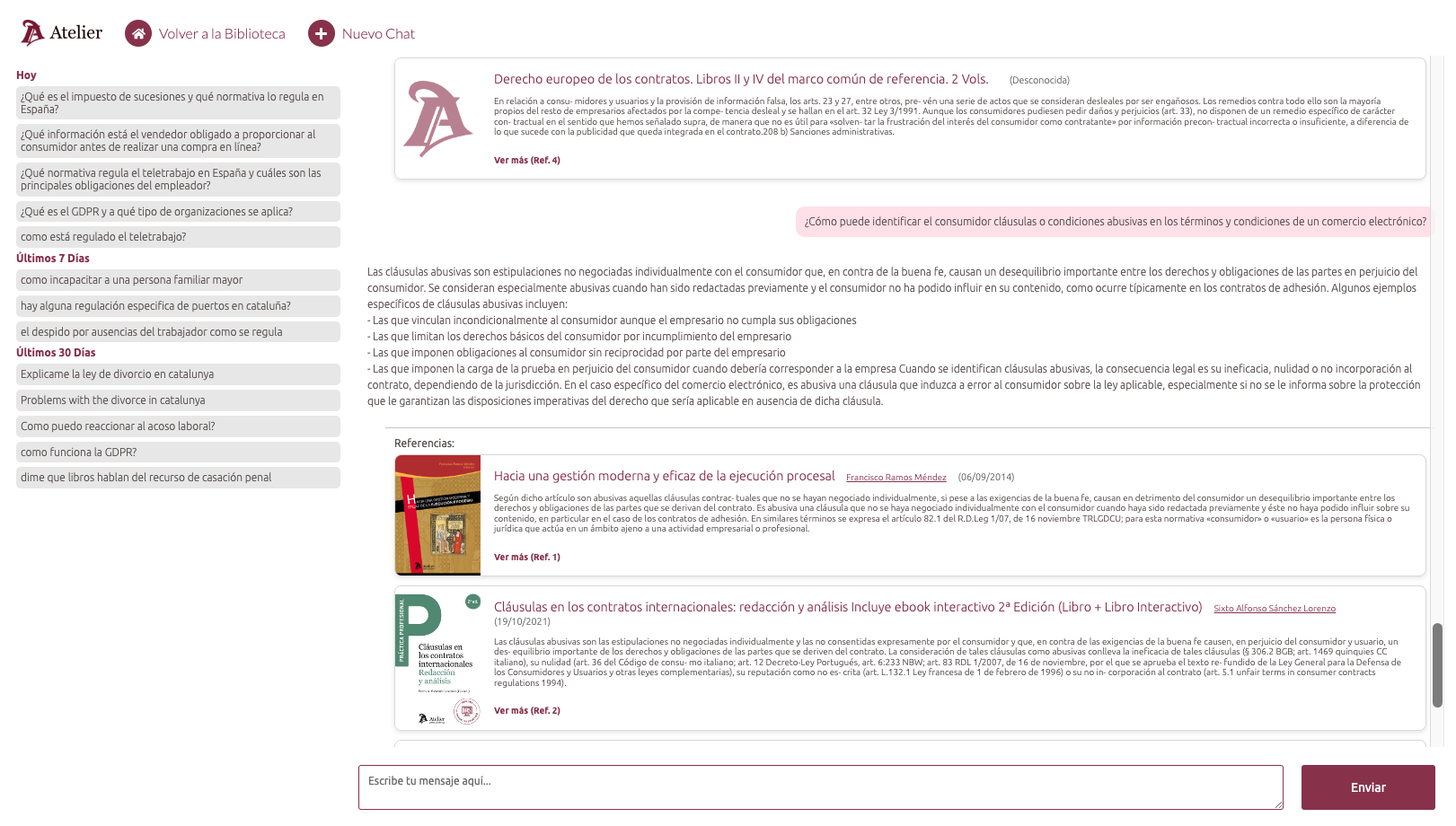Transactional data is the best source of information to get to know customers and personalize offers.
The information from tickets associated with each customer gives us the ability to identify behavioral patterns that facilitate the personalization of campaigns and communications.
Customer purchases hide a wealth of information that we must leverage in our marketing strategy
People are generally quite good at detecting patterns and relationships in data. Our limitation lies in processing. To illustrate, if we look at a table of 15 customers with 10 variables associated with each (number of tickets, total spending, average spending per ticket, favorite store, email open rate, discount percentage...), we can quickly identify those customers we can consider more loyal or more profitable. However, imagining a table with 500 users and 50 variables per user, it would be much more difficult to perform the same exercise.
This is where machine learning techniques come into play and become essential when working with big data. In machine learning, data models are trained daily, constantly improving their accuracy. A well-known example is the product recommendation system of an eCommerce or content platforms.
Purchase data not only provides information about the products acquired, the time, or the place. Behind the direct data is extremely valuable metadata for a Predictive Marketing Ninja. Tickets give you information about the influence of price or promotions, product range preferences, brand preferences, product usage, and much more. All this information can be used to create more relevant content and higher-converting campaigns.
When you have customer data together with transactional data, all in one place and well related, you’ll understand your customers better and discover growth opportunities.
Transactional data will reveal consumption habits and preferences
Behind each of the products or services we offer, there is a set of attributes that describe our customers’ needs and preferences.
- Point of sale data: online channel, city, store...
- Product data: brand, category, segment, function, quality...
- Preference data: packaging material, quantity, duration...
- Seasonality data: month, week, day, time...
- Economic data: price, margin, discount, volume...
Utiliza la Inteligencia de Pleasepoint para aumentar el ROI de tus acciones de CRM, marketing y publicidad digital.
Pleasepoint es la plataforma de machine learning que segmenta los clientes de tu CRM con predicciones de compra por cliente y personaliza tu marketing digital a escala.
Solicita una demo para ver las ventajas de trabajar la segmentación de clientes utilizando el Customer Lifetime Value, personalizando según el perfil de buyer-persona basado en datos y la recomendación de productos one-to-one.
Solicita una demoWhat transactional data do I need to detect growth opportunities and leverage them in the marketing strategy?
Transactional data is a perfect source to enrich each customer record in the database or CRM. Transactional information allows us to identify customer preferences or consumption habits. Thanks to Big Data and Artificial Intelligence techniques applied to marketing, we can find groups of customers that behave and purchase in a similar way.
Knowing our customers better allows us to communicate through the most appropriate channels, offer the most relevant products, and provide the right promotion to maximize the commercial action's margins. By working with ticket data, you'll be able to personalize offers for different customer groups with distinct preferences.
These are the steps we recommend to personalize communications based on customer preferences in a few weeks:
- Integrate data from loyal customers along with all their purchases.
- Select the useful customer attributes for personalization.
- Define the key attributes of all products or services.
- Define the key attributes of all sales channels.
Increase sales by understanding your customers' habits and preferences
Personalizing content based on consumption habits and preferences detected with transactional data for each customer group can easily increase email campaign click-through rates by 66%.
Customer clustering, the process of identifying different customer groups, can be oriented according to business needs (product, brand, promotion, average ticket...).
Customer data combined with transactional data allows us, thanks to big data and artificial intelligence, to find groups of customers with distinct preferences and buying habits across the entire CRM database.
Predictive Marketing Ninjas know their customers, personalize communications, and multiply the results of their campaigns
Si has llegado hasta aquí esto te interesa.
Pleasepoint es la plataforma de machine learning que segmenta los clientes de tu CRM con predicciones de compra por cliente y personaliza tu marketing digital a escala.
Solicita una demo para ver las ventajas de trabajar la segmentación de clientes utilizando el Customer Lifetime Value, personalizando según el perfil de buyer-persona basado en datos y la recomendación de productos one-to-one.
Solicita una demoThe initial data integration phase is just part of the journey required for a true Predictive Marketing strategy. In the Artificial Intelligence Marketing Course, we teach you how to follow this path quickly and with minimal technical effort. The real value lies in addressing business needs and creating measurable actions that bring us closer to achieving our goals. Before starting to create many customizations, you first need to understand your customer base better.
Descriptive analysis allows us to review available data to understand what happened over a given period. This type of analysis focuses on describing or summarizing raw data into something explainable and meaningful. Descriptive analysis lets us see how our customer base behaves, with information about average ticket size, purchase frequency, purchased products/services, promotion usage...
The information we obtain in this initial stage helps us internalize customer behavior. Now it's time to start personalizing communications. Thanks to clustering techniques, we can group customers with similar tastes, preferences, and consumption habits to send more relevant content to each of them.
The results of these actions are immediate and allow us to continuously iterate to improve outcomes. The sooner you start personalizing, the sooner you'll truly begin learning what helps you sell more. In the Artificial Intelligence Marketing Course, we teach you how to use technology in an easy way so you can focus your efforts on campaign creation.

